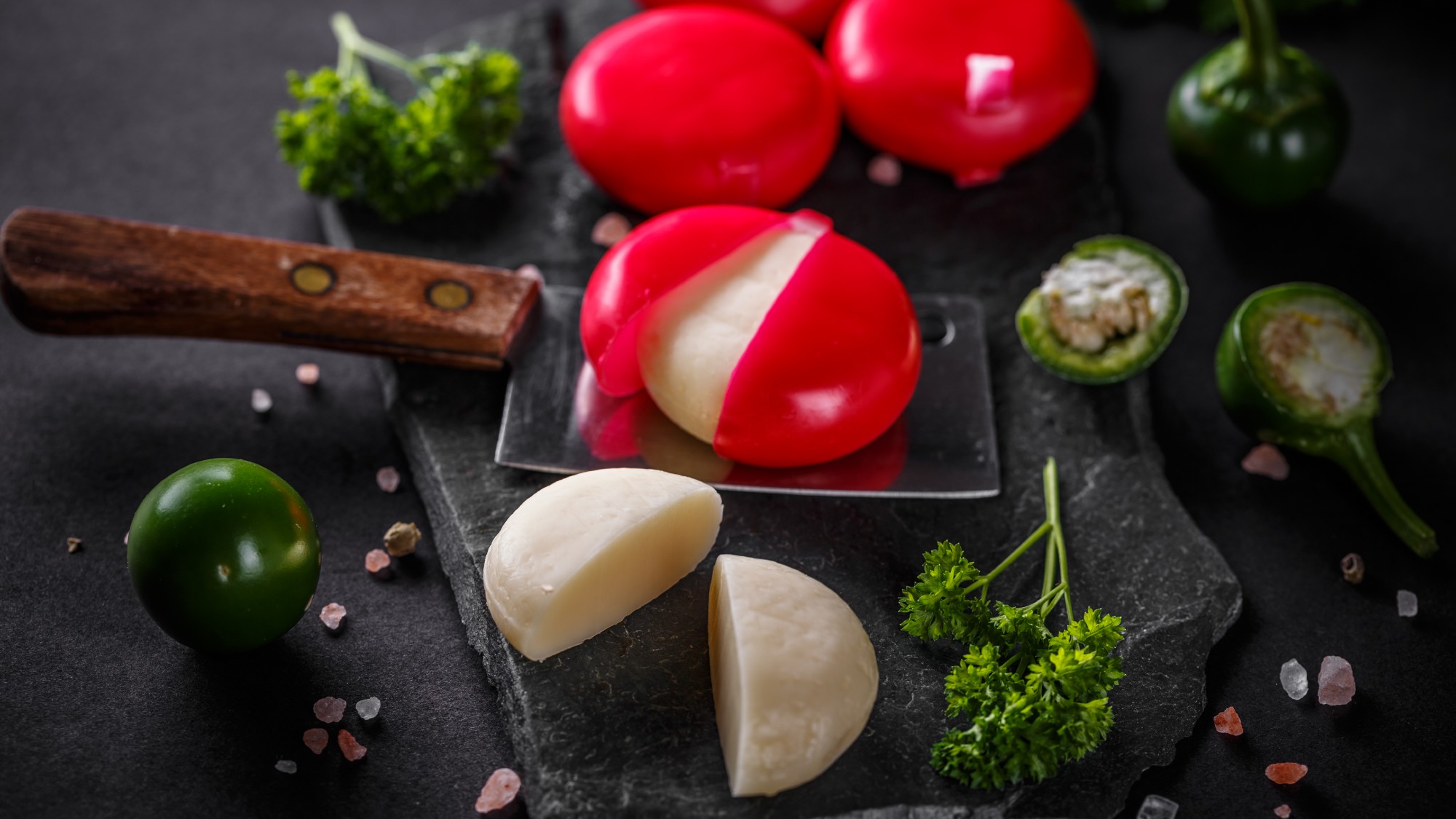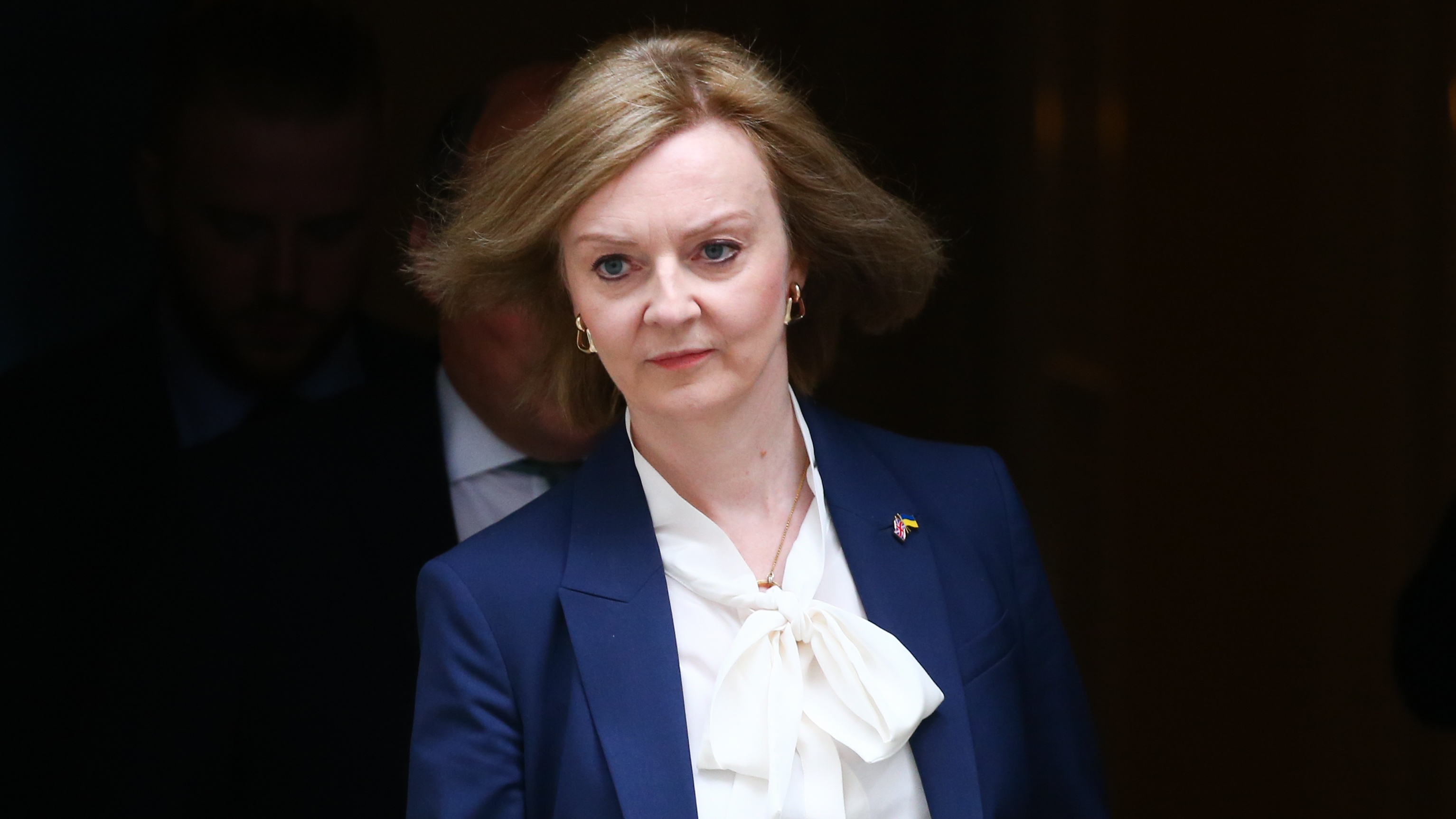How Denmark conquered England in 1013
Danish warrior Sweyn Forkbeard is England’s ‘forgotten king’

England and Denmark are gearing up for their international clash in front of 60,000 fans in Wembley this evening for a chance to beat Italy in the Euro 2020 final.
But as Bristol Live points out, “It’s almost not an international match at all.”
“There was a time when more than half the country of England was Danish,” writes the paper. “The Danes settled and stayed, bringing their language, culture and descendants to England. They were Danish, their kings ruled this land. Our land. Their land. They are us and we are them.”
The Week
Escape your echo chamber. Get the facts behind the news, plus analysis from multiple perspectives.

Sign up for The Week's Free Newsletters
From our morning news briefing to a weekly Good News Newsletter, get the best of The Week delivered directly to your inbox.
From our morning news briefing to a weekly Good News Newsletter, get the best of The Week delivered directly to your inbox.
It is a fact that hasn’t escaped the Danish tabloid newspaper BT, which, far from celebrating any kinship between the two nations, instead summons the spirit of Viking warrior-king Sweyn Forkbeard, who conquered England in 1013. “We plundered England then, and we must do the same this time,” it urges.
Who exactly was Sweyn Forkbeard?
He was the first Viking king of England but is often thought of as England’s “forgotten” king, writes Historic UK, as his reign lasted for just five weeks – from Christmas Day in 1013, until his death on 3 February the following year.
He was a “brutal man who lived in a brutal time”, says the site, and “started his life of violence with a campaign against his own father”.
A free daily email with the biggest news stories of the day – and the best features from TheWeek.com
He was the son of Harald Bluetooth, “the first Christian king of Denmark”, who had “substantially enlarged the Danish kingdom and been accepted as overlord in Norway”, writes History Extra.
But “eager to wield power himself”, writes the magazine, in 987 Forkbeard turned against his father, who fled from Denmark to what is now Germany.
What happened in 1013?
After the defeat of his father, Forkbeard would lead a number of campaigns in England for a period of over 20 years. “It was a brutal time, which saw women burned alive, children impaled on lances and men dying suspended from their private parts,” writes the BBC.
The attacks grew increasingly brutal after Ethelred the Unready, king of England since taking the throne at the age of 12 in 978, ordered the slaughter of “all the Danish men who were among the English race” on the holy holiday of St Brice’s Day in 1002 – an attack in which Forkbeard’s sister, Gunhilde, was said to have been killed.
After leading a series of punitive expeditions in 1003 and 1004 in retaliation for the St Brice’s Day massacre, Forkbeard wouldn’t come back to England until 1013 – but on his eventual return, he would wage a swift and brutal campaign with his large Danish fleet, allowing his army “to do whatever damage it would, intending to subdue the English by fear”, writes History Extra.
He landed in Sandwich, Kent, before travelling “quickly round East Anglia, into the mouth of the Humber and along the Trent until he reached Gainsborough”, where people largely submitted to him “without a fight”, says the magazine.
While London would hold out for a time, its residents too would eventually submit to him, “for fear of what he would do to them”.
King Ethelred would escape to the Isle of Wight where he spent Christmas, before going into exile in Normandy.
Forkbeard “had taken England by the end of December, but he lived only a few weeks to enjoy his triumph”, writes History Today.
How he died is unclear, but it was said to be at Gainsborough in his mid-fifties, uncrowned as king of England.
“One account describes him falling from his horse, and another that he died of an apoplexy, but a later legend has him murdered in his sleep by St Edmund, himself martyred by Vikings in the 9th century,” says Historic UK. “It is said that Edmund returned from the grave in the dead of night during Candlemass and killed him with a spear.”
His son, King Cnut, would eventually succeed him, after two more years of heavy fighting and the death of Ethelred and his son Edmund in 1016.
-
 How weight-loss jabs are changing the way we eat
How weight-loss jabs are changing the way we eatIn The Spotlight Anti-obesity drugs have been a boon for Babybel but are supermarkets ready for a slimmed-down Christmas?
-
 Sudoku hard: December 18, 2025
Sudoku hard: December 18, 2025The daily hard sudoku puzzle from The Week
-
 Crossword: December 18, 2025
Crossword: December 18, 2025The daily crossword from The Week
-
 The opening of Tutankhamun’s tomb 100 years on
The opening of Tutankhamun’s tomb 100 years onfeature This month marks a century since Tutankhamun’s tomb was opened for the first time in three millennia
-
 Who are the shortest-serving world leaders?
Who are the shortest-serving world leaders?feature Liz Truss will have served for 50 days as PM when she hands over to Rishi Sunak